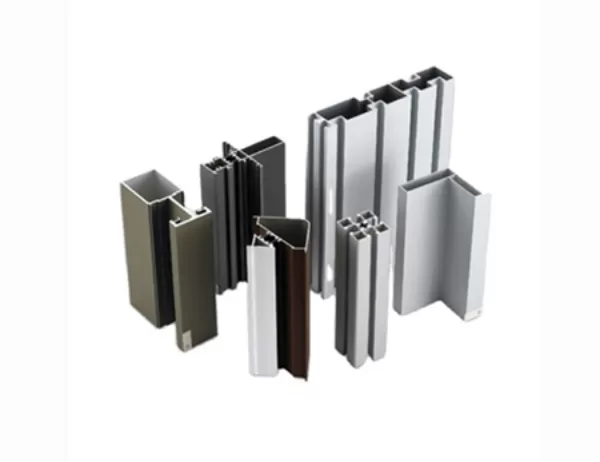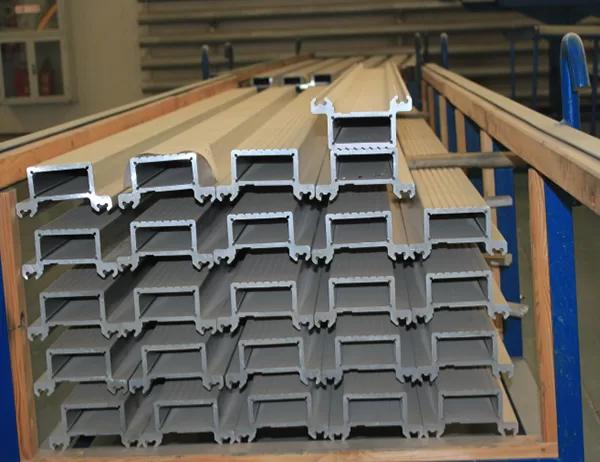Electrical conductivity is a crucial property of materials in various applications, including electrical wiring, electronic devices, and heat dissipation systems. 6101 aluminum alloy, known for its lightweight, strength, and corrosion resistance, has been widely used in automotive, aerospace, and industrial sectors. Understanding the electrical conductivity of 6101 aluminum alloy is essential for optimizing its performance in these applications.
Factors Influencing Electrical Conductivity
The electrical conductivity of 6101 aluminum alloy is influenced by several factors:
– Composition: Impurities and alloying elements can significantly alter the electrical conductivity. 6101 aluminum alloy typically contains small amounts of magnesium, silicon, and copper, which can enhance or reduce conductivity.
– Heat Treatment: Heat treatment processes, such as annealing and quenching, can modify the microstructure of the alloy, affecting the electrical conductivity. Annealing softens the alloy and increases conductivity, while quenching hardens the alloy and decreases conductivity.
– Microstructure: The grain size and crystallographic orientation of the alloy influence the path of electrons and, consequently, the electrical conductivity. Larger grain size and preferred crystallographic orientations promote higher conductivity.
Experimental Techniques
The electrical conductivity of 6101 aluminum alloy can be measured using various experimental techniques:
– Eddy Current: Non-destructive testing method that induces eddy currents in the material and measures the response to determine conductivity.
– Four-Point Probe: Contact-based method that uses four probes to inject current and measure voltage, providing accurate results with minimal contact resistance.
– Resistivity Box: A traditional technique that measures the resistance of a known length of the material and calculates the resistivity, which is inversely proportional to conductivity.
Applications of Electrical Conductivity
The understanding of the electrical conductivity of 6101 aluminum alloy has practical implications in several applications:
– Electrical Wiring: High electrical conductivity is essential for efficient power transmission and distribution in electrical wiring systems.
– Electronic Devices: In electronic devices, 6101 aluminum alloy is used for heat sinks and electrical connectors that require both high thermal conductivity and adequate electrical conductivity.
– Automotive: In the automotive industry, 6101 aluminum alloy is employed in engine components, body panels, and electrical systems, where its lightweight and electrical conductivity are advantageous.
Conclusion
Exploring the electrical conductivity of 6101 aluminum alloy provides valuable insights into the factors influencing its electrical properties and its suitability for various applications. Understanding these factors enables engineers and researchers to optimize the performance of 6101 aluminum alloy in electrical and electronic systems by tailoring its composition, heat treatment, and microstructure.




